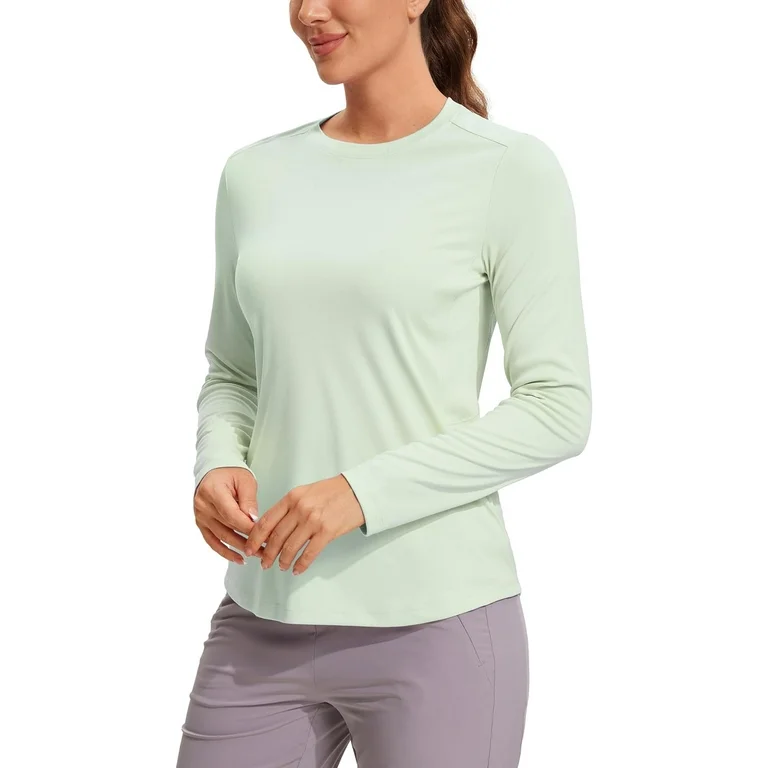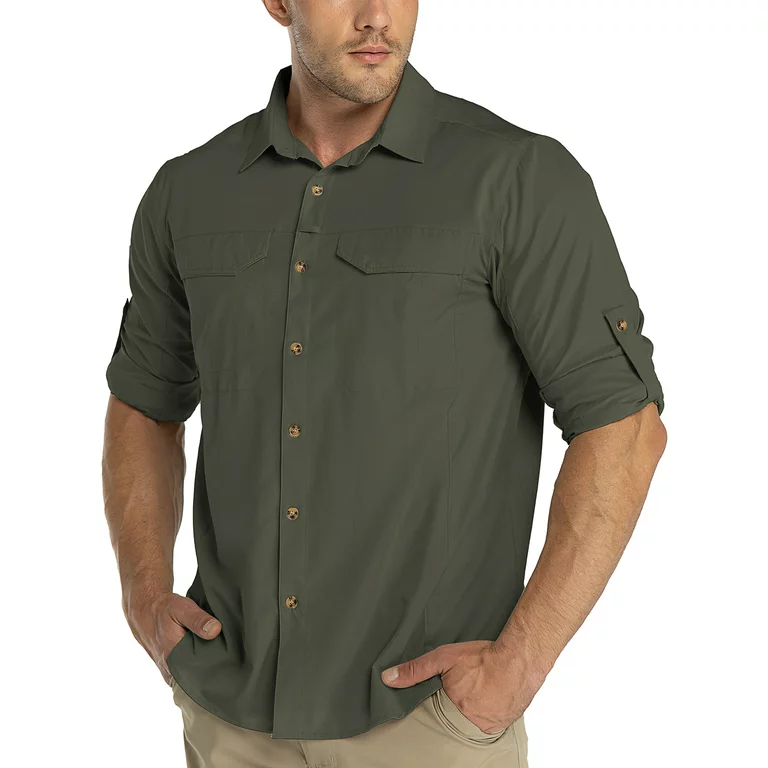I. Introduction
When it comes to hiking, choosing the right apparel is essential for a comfortable and enjoyable experience. One key piece of clothing that hikers should consider is a long sleeve shirt. In this article, we will explore the importance of selecting the right hiking apparel and specifically the advantages of wearing a long sleeve shirt for hiking.
II. Benefits of Hiking Long Sleeve Shirts
A. Sun Protection
The sun’s ultraviolet (UV) rays can be harmful to the skin, especially during prolonged outdoor activities. Long sleeve shirts designed for hiking often come with a specified Ultraviolet Protection Factor (UPF) rating. This rating indicates the level of protection the fabric provides against UV radiation. By wearing a long sleeve shirt with a high UPF rating, hikers can shield their skin from harmful UV rays and reduce the risk of sunburn and long-term sun damage.
B. Insect Protection
During hikes, insects like mosquitos, ticks, and biting flies can be a nuisance and pose potential health risks. Wearing a long sleeve shirt offers an additional layer of protection against insect bites. By covering the arms with a long sleeve shirt, hikers can minimize skin exposure and reduce their chances of being bitten or stung. This can help prevent discomfort, itching, and reduce the risk of insect-borne diseases.
C. Temperature Regulation
Outdoor temperatures can fluctuate during hikes, especially in changing weather conditions or varying altitudes. Long sleeve shirts provide versatility in temperature regulation. By layering a long sleeve shirt with other clothing items, hikers have the flexibility to adjust their insulation levels. The sleeves can be rolled up or down, allowing hikers to adapt to changing temperature and weather conditions. Additionally, a long sleeve shirt can provide protection against wind, reducing the risk of windburn or discomfort.
III. Features and Materials of Hiking Long Sleeve Shirts
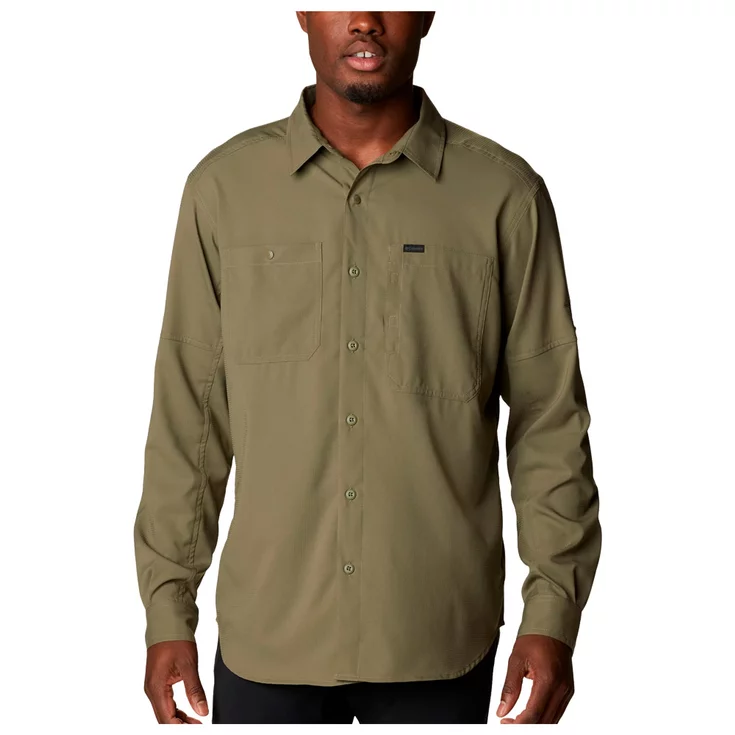
A. Breathability and Moisture-Wicking
Long sleeve shirts designed for hiking often incorporate moisture-wicking properties to keep hikers dry and comfortable. These shirts are typically made from specialized fabrics that draw moisture away from the skin, allowing it to evaporate more quickly. This helps regulate body temperature and prevents excessive sweating, which can lead to discomfort or even hypothermia in colder conditions. Some long sleeve shirts also feature ventilation panels or mesh inserts to enhance airflow and breathability.
B. UPF Protection
To provide enhanced sun protection, hiking long sleeve shirts are often made from fabric with UPF properties. UPF-rated fabrics are tightly woven to block UV rays from penetrating through the material. Shirts with a higher UPF rating provide better sun protection. Additionally, long sleeve shirts designed for sun protection may feature extended collars and cuffs to shield vulnerable areas, such as the neck and wrists, from direct sunlight.
C. Durability and Quick Drying
Durability is a crucial aspect of hiking apparel, and long sleeve shirts are no exception. Hiking long sleeve shirts are often made from durable fabrics that can withstand rough outdoor conditions, such as abrasion from contact with rocks or branches. Additionally, these shirts are designed to dry quickly, allowing hikers to stay comfortable even in wet or sweaty conditions. Quick-drying properties help prevent chafing, discomfort, and the development of odors caused by moisture accumulation.
D. Comfort and Mobility
Hiking long sleeve shirts prioritize comfort and mobility to ensure hikers can move freely and without restrictions. These shirts are typically made from lightweight and stretchable materials, allowing for a full range of motion. The sleeves are designed to be roomy and not restrict arm movement. Additionally, ergonomic design features, such as ergonomic seams or raglan sleeves, help enhance overall comfort during extended periods of hiking.
IV. Selecting the Right Hiking Long Sleeve Shirt

A. Fit and Size
When choosing a hiking long sleeve shirt, finding the right fit is crucial for optimal performance and comfort. Consider the following factors:
- Choosing the appropriate size for optimal performance
- Proper sizing allows unrestricted movement and flexibility on the trail.
- Avoid shirts that are too tight or too loose, as they can hinder movement or cause discomfort.
- Considering the importance of layering
- Ensure that the shirt has enough room to accommodate base layers or outerwear if necessary.
- A slightly looser fit allows for better airflow and prevents excessive sweating.
B. Fabric Selection
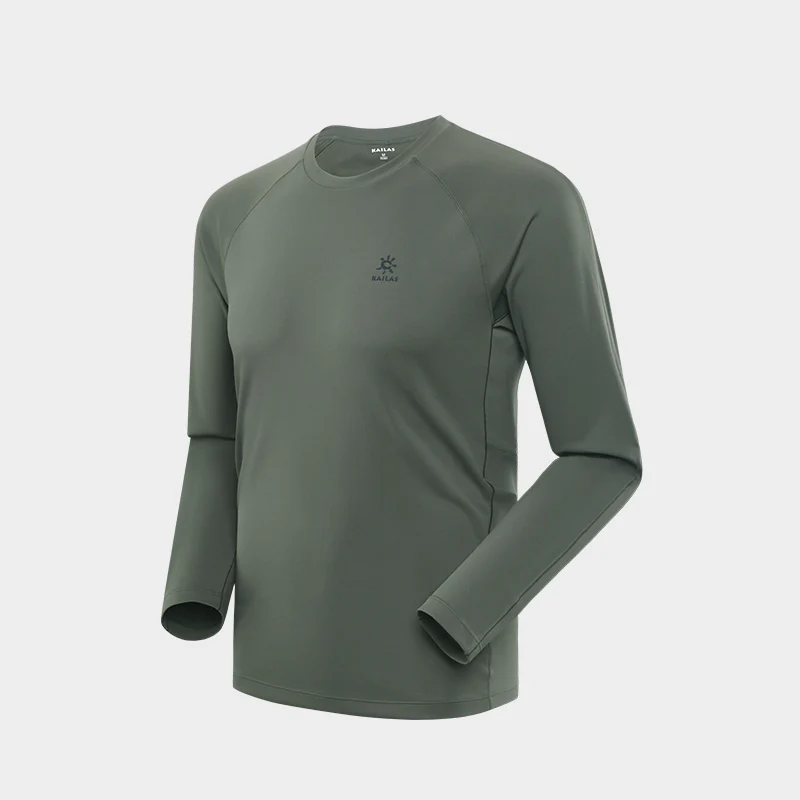
The fabric of your hiking long sleeve shirt plays a crucial role in providing comfort and protection against varying weather conditions. Consider the following factors:
- Determining the ideal fabric for specific weather conditions
- For warm weather, opt for lightweight and breathable fabrics that wick away moisture.
- In colder conditions, choose insulating fabrics that provide warmth and retain body heat.
- Comparing synthetic and natural fibers
- Synthetic fabrics like polyester and nylon are durable, quick-drying, and offer excellent moisture-wicking properties.
- Natural fibers like merino wool provide temperature regulation, odor control, and natural UV protection.
C. Style and Design

While style may not be a top priority when it comes to hiking gear, certain design features can enhance functionality and safety. Consider the following:
- Functional features such as pockets and zippers
- Shirts with chest or sleeve pockets provide convenient storage for small essentials like a map, compass, or snacks.
- Zippers allow for ventilation and temperature regulation during strenuous activities or changing weather conditions.
- Reflective elements for visibility and safety
- Opt for shirts with reflective accents or patches if hiking in low-light conditions or near roads.
- These elements increase visibility to other hikers, cyclists, or vehicles, reducing the risk of accidents.
V. Caring for Hiking Long Sleeve Shirts
A. Washing and Drying
To ensure the longevity and performance of your hiking long sleeve shirt, proper cleaning techniques and careful drying methods are essential.
- Proper cleaning techniques to maintain fabric integrity
- Check the care instructions provided by the manufacturer to determine the appropriate washing method.
- Use a mild detergent designed for technical fabrics, and avoid using bleach or fabric softeners that can damage the fibers.
- Drying methods to prevent shrinkage or damage
- Air drying is recommended, as excessive heat from dryers may weaken the fabric or lead to shrinkage.
- If using a dryer, opt for a low-heat setting or use a gentle cycle specifically designed for technical fabrics.
B. Stain Removal and Repellents
Accidents happen, and stains can be challenging to remove from hiking apparel. Consider the following tips for stain removal and fabric protection:
- Tips for removing common stains while preserving the fabric
- Treat stains as soon as possible with a stain remover specifically formulated for the type of stain.
- Gently blot the stain instead of rubbing, as rubbing can push the stain deeper into the fabric.
- Applying fabric repellents for additional protection
- Consider using fabric repellents, such as water repellents or stain repellents, to safeguard your hiking long sleeve shirt.
- Follow the manufacturer’s instructions for application and reapplication to maintain effectiveness.
C. Storage and Maintenance
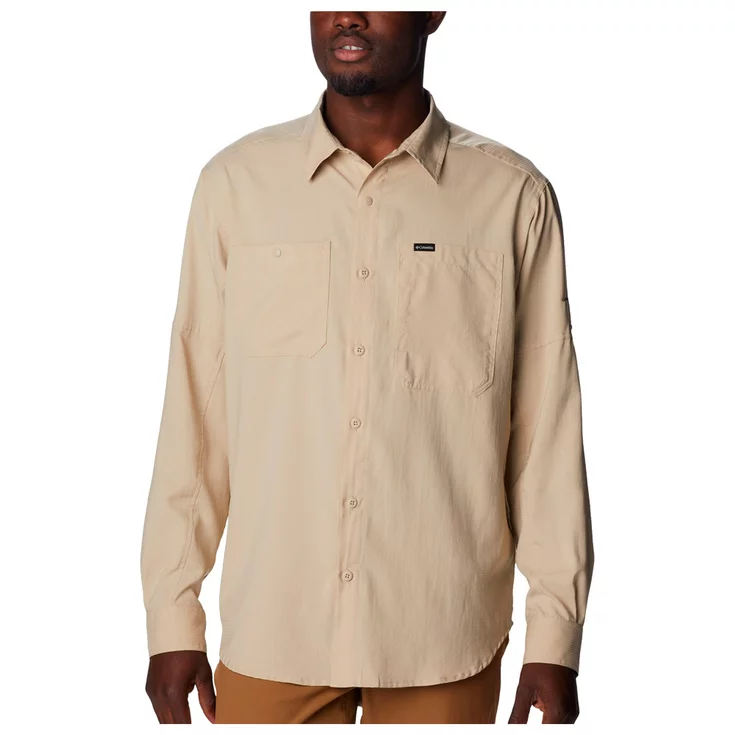
Proper storage and occasional maintenance can extend the lifespan of your hiking long sleeve shirt. Consider the following suggestions:
- Properly folding and storing to prolong the shirt’s lifespan
- Fold the shirt neatly to minimize wrinkles and creases.
- Store in a cool, dry place away from direct sunlight to prevent fading or discoloration.
- Checkups for wear and tear, including seam reinforcement
- Periodically inspect the shirt for signs of wear, such as frayed seams or loose threads.
- Reinforce seams if necessary to prevent further damage and extend the life of the shirt.
By selecting the right hiking long sleeve shirt and properly caring for it, you can ensure maximum performance, comfort, and longevity on the trails. These considerations will help you make informed decisions when choosing your gear and maintain its quality for future adventures.
